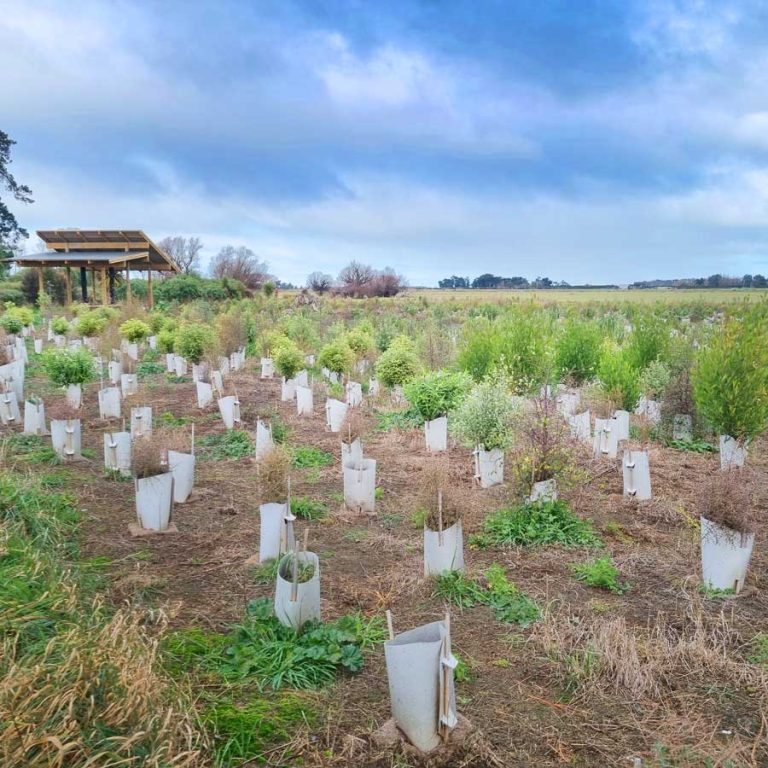Te Ara Kākariki employ a team of qualified restoration workers, experienced in site preparation, planting and maintenance as well as pest control, fencing and building infrastructure.
If you are interested in employing our team, please contact:
Becs Jelfs 027 308 6663 be********@**********rg.nz
Peter Joyce 027 3330945, pj****@*****co.nz
We look forward to hearing your restoration project ideas, and to discussing with you how we can help you bring your ideas to reality.

Our team hold Growsafe qualifications, are experienced planting small and large scale native restoration projects and have excellent predator control and weed control knowledge.
They also assist with the trusts community events by supporting our coordinators at Kids Discovery Plantout days and community volunteer planting events.

In response to the COVID-19 pandemic, the New Zealand Government established the $1.219 billion Jobs for Nature programme in 2020 to support a greener recovery for Aotearoa New Zealand.
The four-year programme brought thousands of people into nature-based employment, benefiting te taiao (the environment) and New Zealand’s communities.
Te Ara Kākāriki received Department of Conservation Jobs for Nature funding for three years from July 2021. This project involved the employment of four restoration field workers to restore and establish greendots, creating valuable and much needed biodiversity havens in the Selwyn District.

Te Pae O Ahuriri is our lower catchment legacy site, located alongside the Little River Rail Trail and the Huritini/Halswell River in Lincoln, and very close to the reconstructed wetland project Whakaora Te Ahuriri. Over 20,000 seedlings have been planted here since 2021.
Our restoration field workers have carried out site preparation, planting and maintenance of more than 70,000 plants over all three projects, as well as pest control, fencing, community engagement, track building and building minor infrastructure.
Our legacy site Ōkakaraiti is about 800 metres northeast of State Highway 73 in Springfield, and this land has generously been shared with the community by the landowners. A naming dedication event was held for each legacy site before planting began, attended by representatives from Ngāi Tahu, landowners, the Te Ara Kākāriki team, and supporters of the projects.
Legacy sites are significantly larger areas than our regular greendots and will increase biodiversity by providing a more diverse habitat and larger territory for native wildlife. These sites will help to connect our smaller greendots and become key steppingstones in the Te Ara Kākāriki greenway.


The Ōtāhuna Biodiversity Cluster is defined as the area between Gerkins Road, Early Valley Road, Christchurch-Akaroa highway and the Summit Road. It is a hotspot of community initiatives working
together to maintain and increase pockets of habitat, both on public and private land and creates valuable ecological connections with Te Kākahu Kahukura, a Banks Peninsula Conservation Trust project to restore and revegetate four 1,000 hectare Southern Port Hills areas back to indigenous forest.
Our field restoration team have assisted 20 landowners in Ōtāhuna with a variety of tasks aimed at establishing and protecting a healthy cluster of greendots in the area.
If you own land that you would consider setting aside for a large restoration project, we would love to hear from you. When funding becomes available we want to be ready to act with large projects ready to go. Legacy sites will become future biodiversity assets for the community, providing volunteering and educational opportunities.